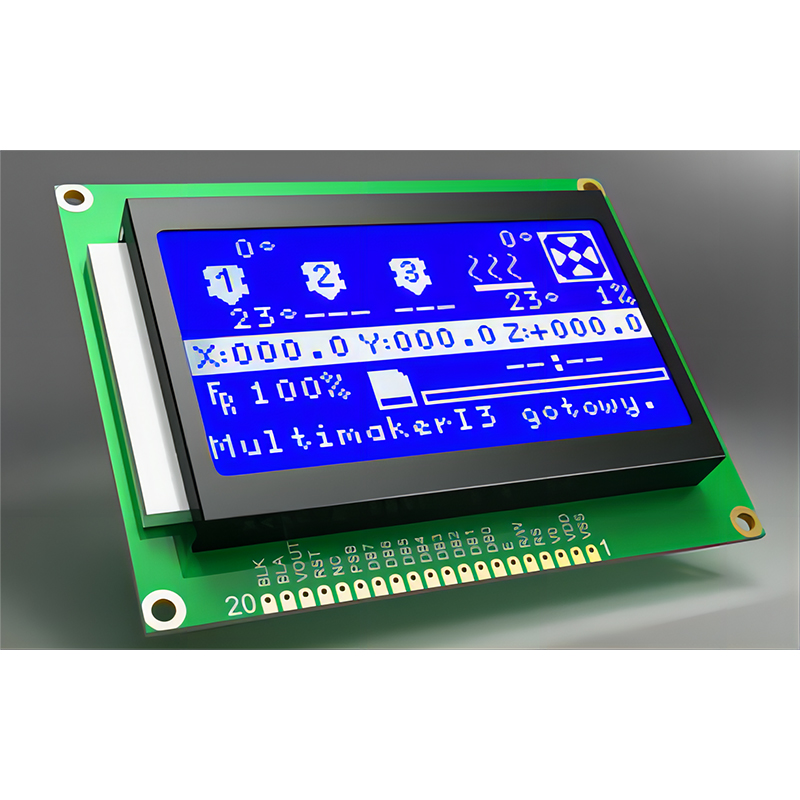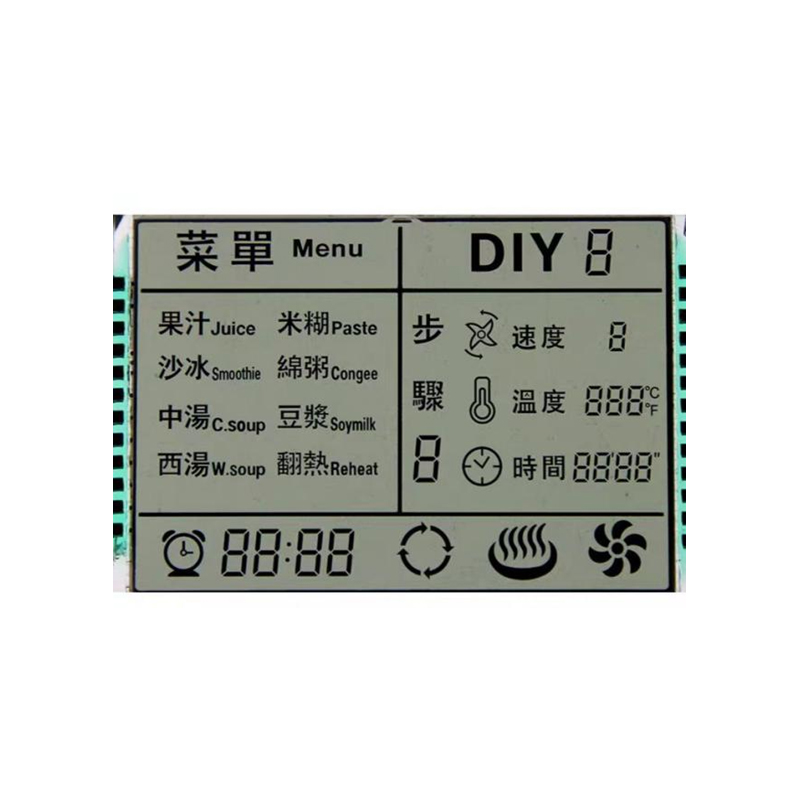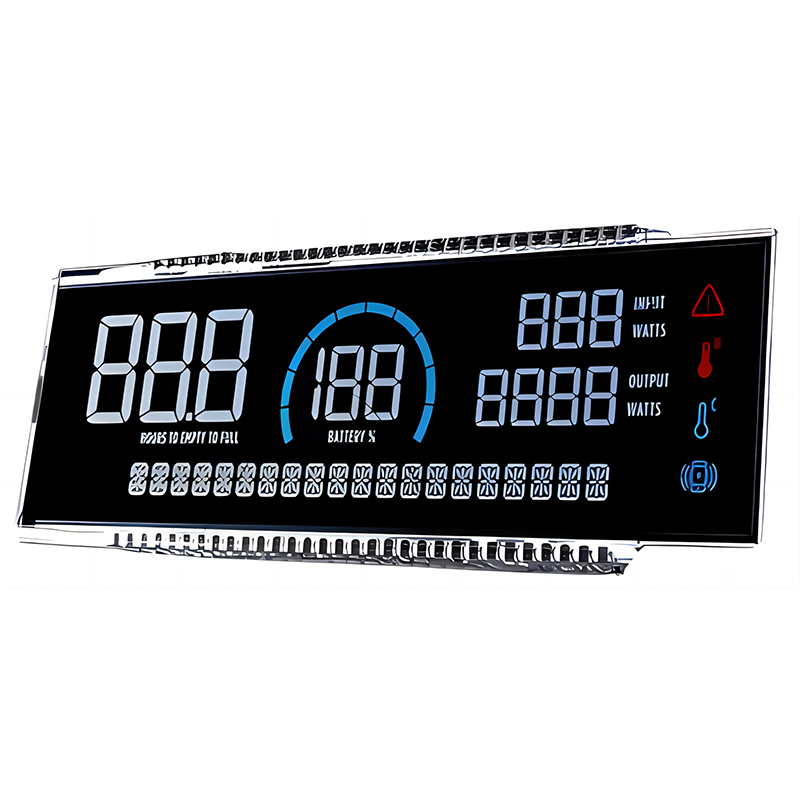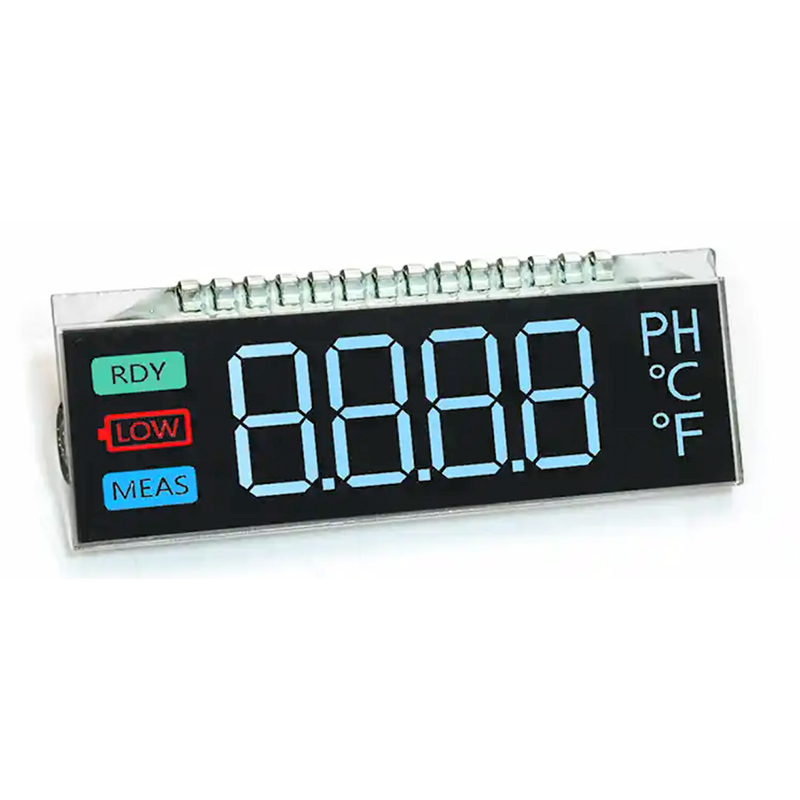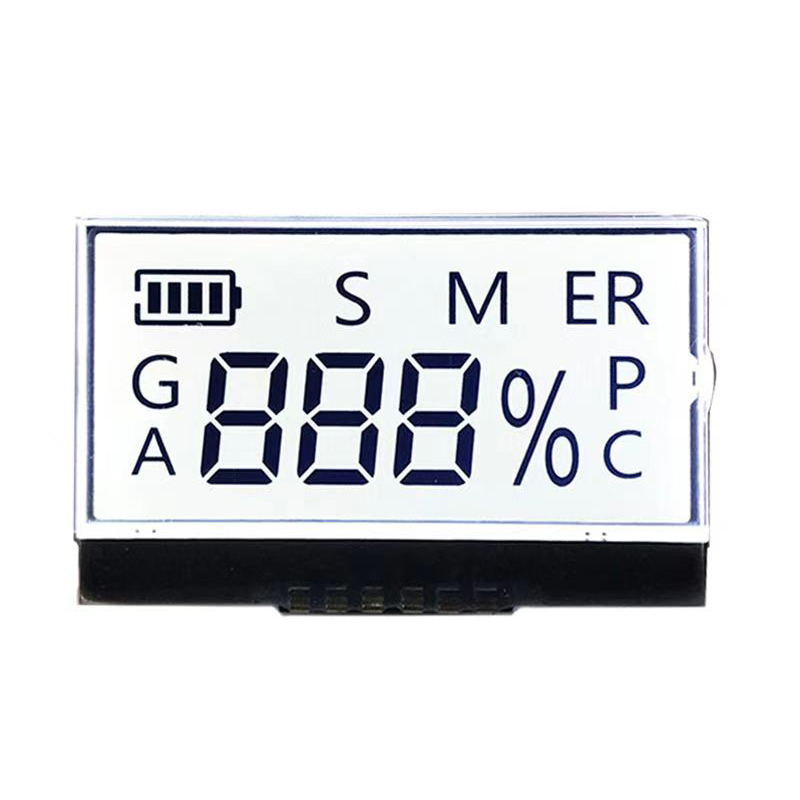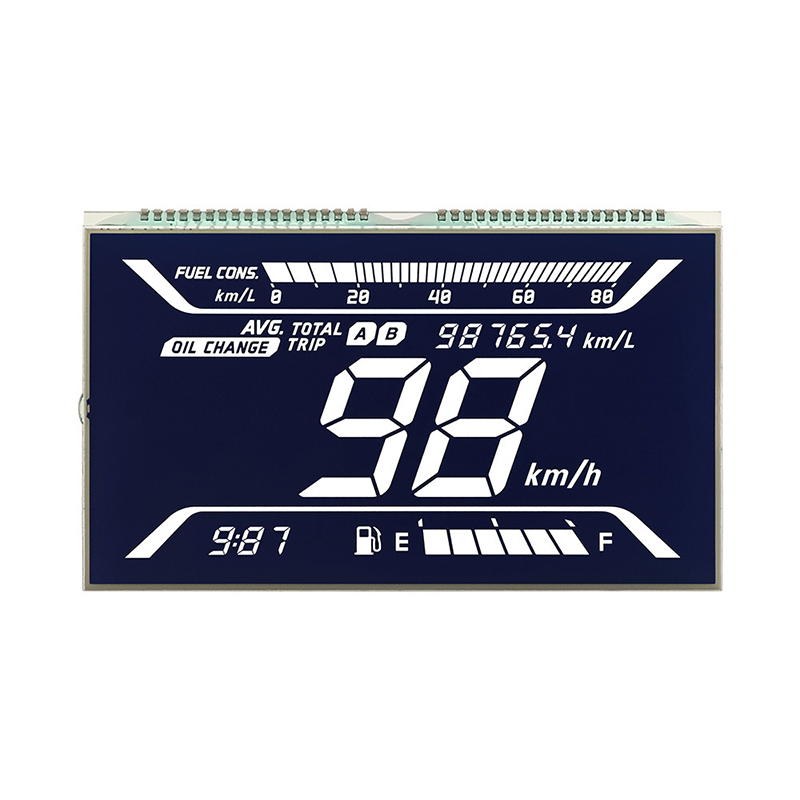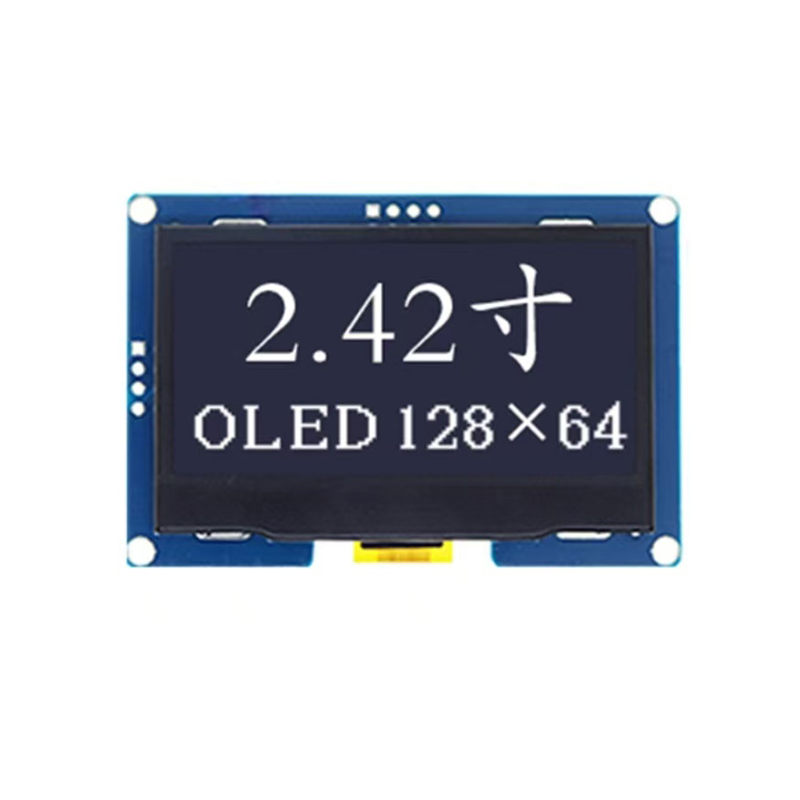
This comprehensive guide explores the LCD12864 display, covering its specifications, applications, interfacing, and troubleshooting. We'll delve into its capabilities, compare it with other display technologies, and provide practical examples to help you effectively integrate this versatile component into your projects.
The LCD12864 is a common type of liquid crystal display (LCD) module featuring a 6x8 dot matrix, resulting in a resolution of 128x64 pixels. This relatively high resolution allows for the display of text, graphics, and even simple images. It's known for its low power consumption, making it suitable for battery-powered applications. The availability of various interfaces (e.g., parallel, I2C) makes it adaptable to many microcontroller platforms. Different versions exist, offering variations in backlight color (often blue, green, white, or yellow) and features like contrast adjustment.
The LCD12864 boasts a resolution of 128 pixels horizontally and 64 pixels vertically. This allows for the clear display of characters and basic graphics. The exact dimensions of the display area vary slightly depending on the manufacturer and model. Many offer a visible display area of around 85 x 50 mm, but you should always check the specifications of your specific LCD12864 module.
Several interface options are available for the LCD12864, including parallel and I2C. Parallel interfaces require more GPIO pins on your microcontroller, while I2C offers a more efficient and simplified connection method, particularly useful for microcontrollers with limited pin availability. The chosen interface affects how you'll program and control the display.
One of the significant advantages of the LCD12864 is its low power consumption. Typical current draw ranges from a few milliamps to tens of milliamps, varying depending on the backlight intensity and the controller used. This makes it an excellent choice for portable and low-power devices.
Many LCD12864 modules are available with various backlight colors, such as blue, green, white, or yellow. The choice of backlight affects readability and the overall aesthetic of your project. Some may also include contrast adjustment to optimize visibility in different lighting conditions.
The LCD12864's versatility makes it suitable for a wide range of applications, including:
The process of interfacing the LCD12864 with a microcontroller involves understanding the pinout and using an appropriate library or driver. Different microcontrollers will require specific code examples. Several online resources provide tutorials and code examples for various platforms such as Arduino, Raspberry Pi, and others. The specifics depend on whether you are using parallel or I2C interface.
Troubleshooting common issues, such as blank screens or incorrect display output, often involves checking the connections, power supply, and programming. Confirming proper wiring, ensuring adequate power, and verifying the code are crucial steps in resolving these problems.
While the LCD12864 is a popular choice, other technologies exist. The following table compares it with some alternatives:
| Feature | LCD12864 | OLED | TFT |
|---|---|---|---|
| Resolution | 128x64 | Varies greatly | Varies greatly (higher resolutions common) |
| Power Consumption | Low | Low to Moderate | Moderate to High |
| Cost | Low | Moderate | High |
| Contrast | Good | Excellent | Good |
For high-resolution graphics and color, TFT displays are superior, but they typically consume more power and are more expensive. OLEDs offer excellent contrast and are energy-efficient but often come at a higher cost than LCD12864 displays. The LCD12864 provides a good balance between cost, power consumption, and sufficient resolution for many applications.
Consider exploring high-quality LCD12864 modules from reputable suppliers like Dalian Eastern Display Co., Ltd. to ensure optimal performance and reliability in your projects.


